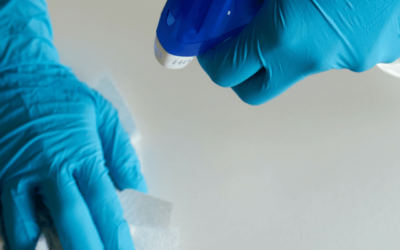The Answer?
There is not an instant definitive answer to this question. Detectability is influenced by a wide range of factors: The detection equipment being used; The detection settings; Speed of product travel; Orientation; Size of detection orifice; Type and density of product; and more. Each of these factors are variables and will vary from site to site, from application to application.
While there is an array of products and materials that claim to be detectable, we set out on a mission to enable us to provide a more definitive answer to the question.
We had always had a target objective for detection of a smallest piece to be @ 2mm3. Now we had to substantiate that theory. We enlisted the assistance of a very well known international manufacturer of detection equipment and utilized his equipment and demonstration facilities to test a range of our materials with metal detection.
We tested Metal Detectable EPDM, Metal Detectable FKM, Metal Detectable NBR and Metal Detectable PTFE and ran multiple tests, with some amazing results. All the tested materials not only demonstrated detectability at the target objective of 2mm3, but some of them detected positively on a slightly smaller sample.
While this testing was done under ideal controlled conditions, and will not guarantee or reflect the results a customer may get in a factory environment due to the previously mentioned factors, it does however demonstrate the potential for these materials, provides re-assurance and confidence that these products can perform, and for us, the supplier, the knowledge and confidence we are supplying the best materials available.




